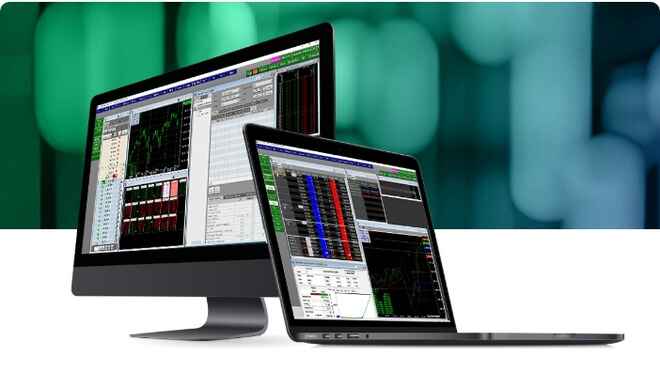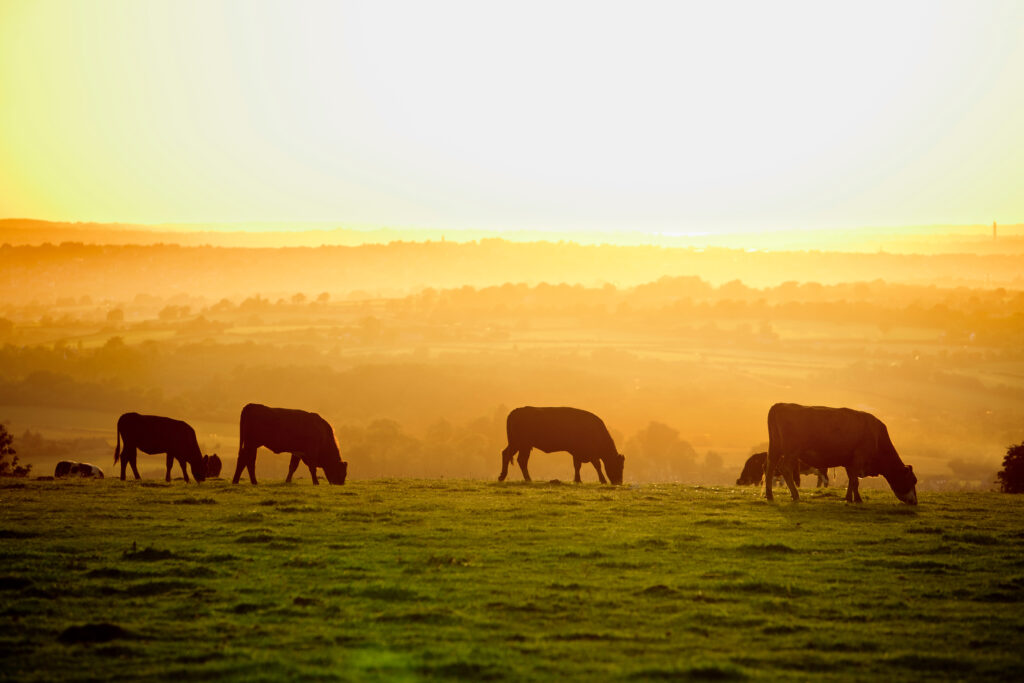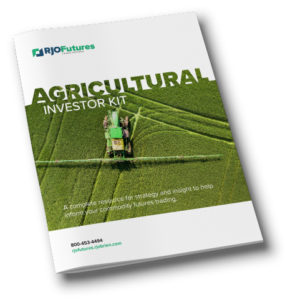What is Live Cattle Futures Trading?
Live cattle futures trading is the act of buying and selling exchange traded live cattle futures contracts on the Chicago Mercantile Exchange. A live cattle futures contract is an agreement to take delivery of a full-grown cattle, weighing between 1,200-1,400 pounds. Live Cattle futures contracts are most often bought and taken for delivery by meat processors.
How Does Live Cattle Futures Trading Work?
Live Cattle futures trading follows the same mechanics as other futures trading. First, a trader should look at a live cattle futures chart and see what the current quote is for a contract. From there, the trader will want to determine a strategy and find the best entry point to purchase their contract, you don’t want to buy too high and risk a loss. Once the entry point is determined, the trader can then decide how many contracts they’d like to purchase, keep in mind that one live cattle futures contract is an agreement for 40,000 pounds of cattle. Once the trader has decided on the number of contracts they’d like to purchase, they can then move on to choosing which month they’d like to take delivery of their contract(s). Live cattle futures contracts are traded for expiration during the months of February, April, June, August, October, and December.
How Much Do Live Cattle Futures Cost?
As with all futures contracts, the price of live cattle futures contracts changes based on a number of conditions in the marketplace. Some of the main factors that impact live cattle prices are weather, supply, global beef demand, feed prices (corn and soy), cost of inputs, and overall market conditions. Changes in price can also impact demand, if live cattle are trading at a favorable price, farmers may act quickly to bring as many live cattle to market as they can in order to take advantage and sell at a higher price.
To determine the current price, a trader should pull up a daily chart giving the current price quote of live cattle futures. At the time of this writing, December live cattle futures are trading at $132.22/hundred pounds. So, live cattle is trading at $132.22/hundred pounds, and a live cattle futures contract is for 40,000lbs, that means the total value of the contract is $52,888. However, you are not responsible for all that money up front, you are only responsible for a small fraction, this fraction is called initial margin. At the time of this writing, the initial margin for cattle sits at $1,760.
What Are the Benefits of Trading Live Cattle Futures?
Live cattle futures can be very beneficial to traders because they allow them to get an idea of the current and future supply and demand of cattle and can use that to determine the price risk of each contract. Another benefit to trading live cattle futures is the trading hours. You can trade live cattle futures at unique times in comparison to other contracts like equities, allowing you to pivot easier to go along with the market direction.
As with most futures contracts, leverage is also a benefit to trading live cattle futures. The leverage provided by a live cattle contract allows the trader a more efficient use of capital. For example, the total value of a live cattle contract is $52,888 which is a lot of money. However, when you want to want to purchase a live cattle contract, you are only responsible for providing the initial margin value of the contract which is $1,760. In essence, you are controlling almost $53,000 worth of goods for a fraction of the price. That my friends, is efficiency and leverage.
Live cattle futures can also provide further benefits by using them as a hedge against inflation. As we all know, inflation in currently running rampant in today’s economy and live cattle can be a good tool to use against it. As the world economy expands and purchasing starts to heat up, live cattle becomes more expensive over time as there is a literal hunger for the commodity. This expansion gives immense value to live cattle futures as they prove to increase in value over time in comparison to cash, which during times of inflation loses its value.
Finally, portfolio diversification is another asset of live cattle contracts. Live cattle futures and options offer traders the opportunity to diversify their portfolio and get away from traditional stocks and bonds and into a commodity that theoretically should increase over time as the national and global economy grows.
How Do I Buy Live Cattle Futures?
You can purchase CME live cattle futures through a commodity exchange firm like RJO Futures or an exchange verified platform like RJO Futures Pro. Platforms like RJO Futures Pro allow traders to look at real time data including price quotes, charts, and current market trends. With that information, you can form your own analysis and determine your best point of entry into the market. Once you have your entry level identified, you can go ahead and decide how many contracts they would like order and what months of expiration you’d like to purchase. Once that is decided you can go ahead and place your order through a broker or your self-directed account.
If you are new to trading, we highly recommend doing some chart analysis and practice before you begin trading. We offer a FREE RJO Futures Pro Demo which allows you to trade a 100k simulated account. The demo is complete is complete with real-time live data, charts, and price quotes to help you better understand the ebbs and flows of the market.
How Can RJO Futures Help Me Invest in Live Cattle Futures?
RJO Futures has a team of dedicated, experienced, and willing Senior Market Strategists that are happy to assist you in buying live cattle futures. Our brokers can help you understand the market and work alongside you to determine the best course of action for your specific needs and risk capital. Please feel free to contact us and one of our brokers will get back to you shortly!



